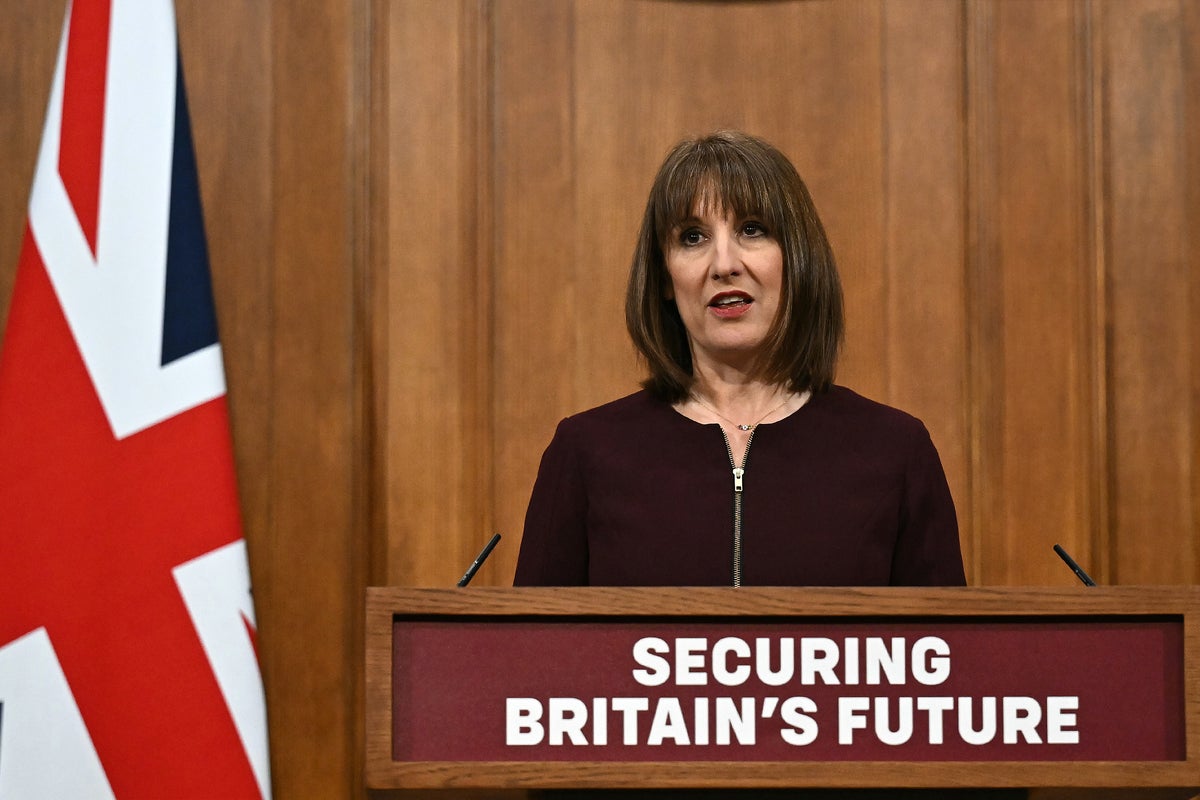A wheelchair user was left “distraught and absolutely terrified” after being carried off a plane in Costa Rica.
Tori Hunter, a 26-year-old travel blogger from Toronto, posted video footage of her disembarking a plane in Liberia, Costa Rica, on Global Accessibility Awareness Day (16 May).
The clip shows Tori looking visibly distressed while being carried down a flight of aircraft stairs in a “broken” aisle chair by several airport employees, a situation she says was “not safe for anyone”.
“Never in my life have I felt so out of control and so disconnected from my body”, Tori wrote.
Wheelchair users cannot take their own wheelchair into the passenger cabin of a plane – they are stored in the hold during flights.
Tori, who has limited neck movement due to a neuromuscular condition called spinal muscular atrophy, uses an electronic wheelchair on her travels around the world.
Passengers usually disembark from planes via an aircraft bridge, but in this case, had to exit using the cabin steps.
Now, Tori told the BBC that she is advocating for airplanes to become “fully accessible” for wheelchair users to avoid “any unsafe transfers to and from the aircraft”.
In the caption of her Instagram post, Tori said: “I was never informed that this would be how I would have to disembark the plane, and it never crossed my mind given that this airport DOES use jet bridges. In fact, all of the other planes around us were pulled up to them.
“It’s 2024, disabled people deserve a more dignified and safe way to fly.”
Air Canada said in a statement that the Costa Rica airport was “not able to make an aircraft bridge available” and that in this case “all protocols were followed”.
The airline added: “Using a bridge is always a preferred option for both our customers, especially those with disabilities, and for us. Regrettably, this was not an option in Costa Rica for this flight. However, as part of our accessibility plan, we will be reviewing airport procedures, including for smaller foreign stations, with the aim of working with local airports and other partners to find ways to provide more consistent service.”
Source: independent.co.uk



